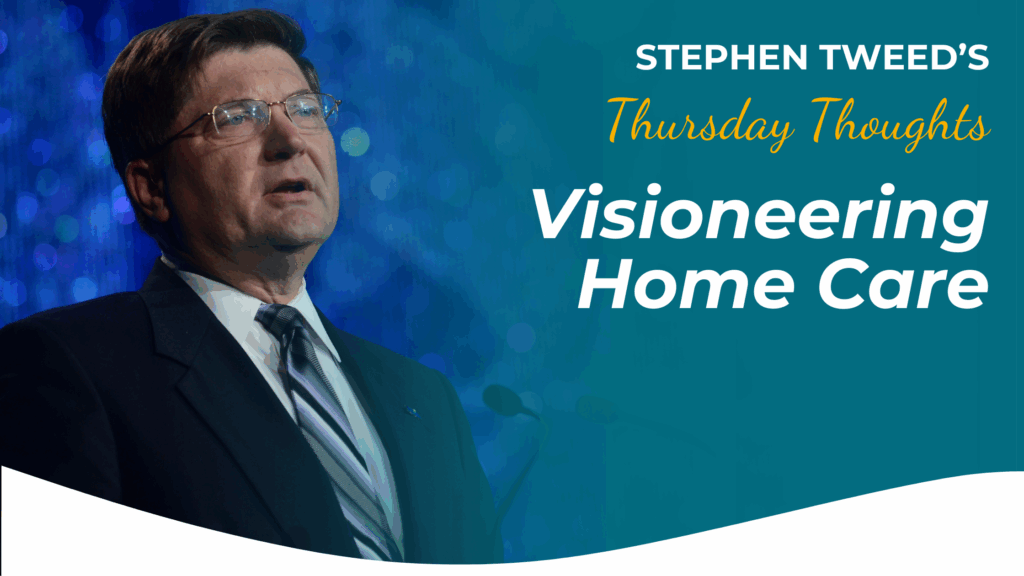This morning’s opening general session at the National Private Duty Association conference featured Mary Harrison, Senior Vice President for Life Care Services, LLC. Life Care Services is one of the country’s leading planners, developers, and managers of senior residential communities throughout the United States. One of Mary’s responsibilities is leading Life Care Home Health Services which provides home care to residents of Life Care Communities.
In her presentation, Mary gave us some interesting and useful data that will help us work more closely with Continuing Care Retirement Communities (CCRCs).
- In many markets around the country, 10 to 19% of age and income qualified persons reside in retirement communities.
- In areas like Baltimore, Philadelphia, SE and SW Florida, up to 30% of age and income qualified persons may reside in retirement communities
- These percentages are expected to increase as retirement communities offer more life style options.
- Independent rental retirement communities have an attrition rate of 30 – 50% annually
- Assisted Living Facilities have an attrition rate of 50% annually
- Rental Retirement Communities cost $2,500 to $3,500 per month depending on the size of the units, and provide 1 – 2 meals per day, housekeeping, and transportation.
- Continuing Care Retirement Communities have an entrance fee ranging from $90,000 to $1 million depending on the size of the unit, plus a monthly fee of $1,500 to $4,000 for the first person and $750 for the second person. Monthly fees depend on the size of the apartment and the extent of assisted living or skilled nursing facility coverate.
- 10-15 % of residents in upscale retirement communities will use home health care at any given time.
- The concentration of clients and hours in one specific location allows for greater flexibility, higher productivity, and better supervision of caregivers.
For more information on Life Care Communities, visit their web site at




